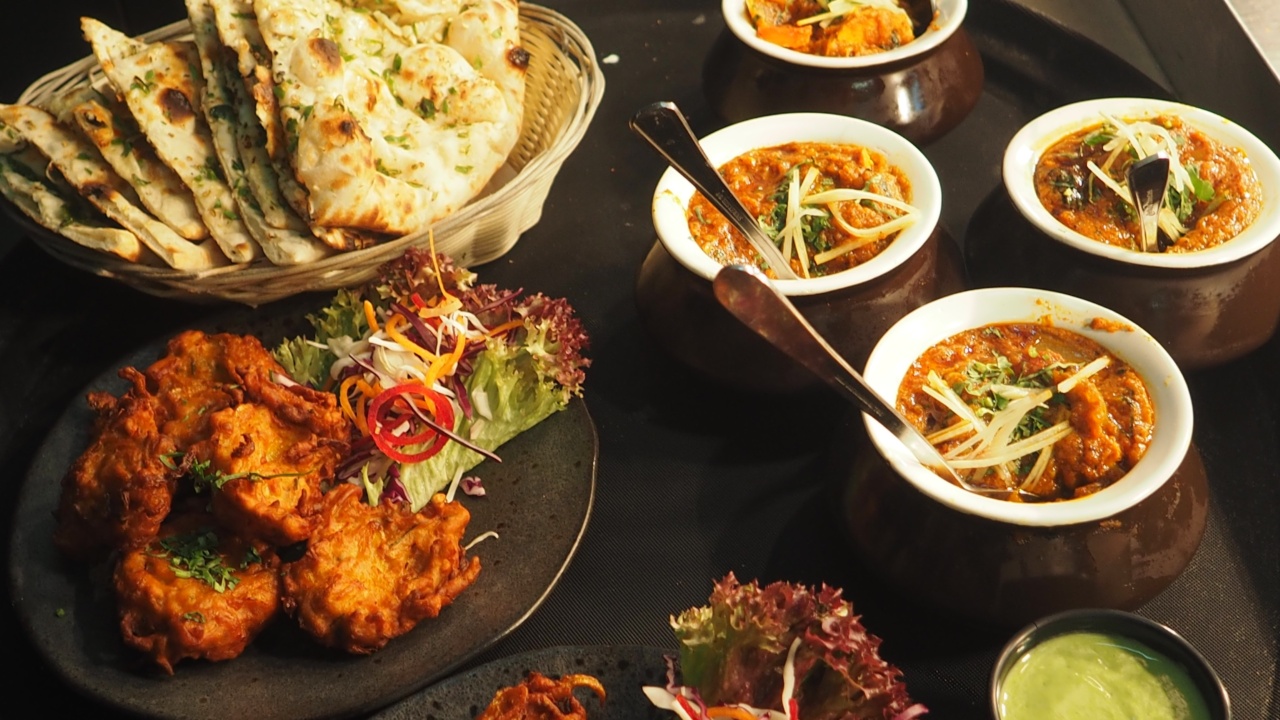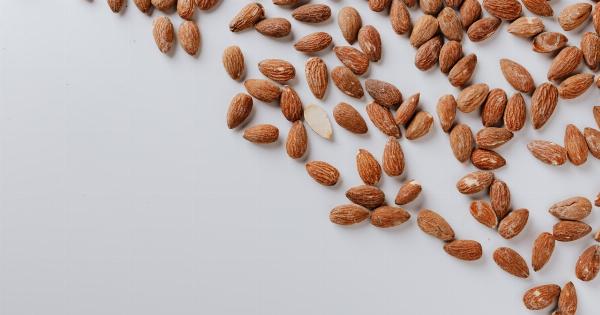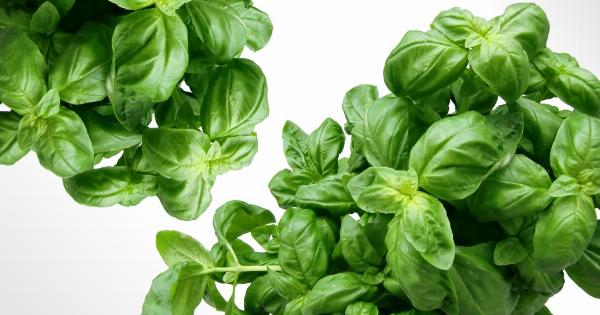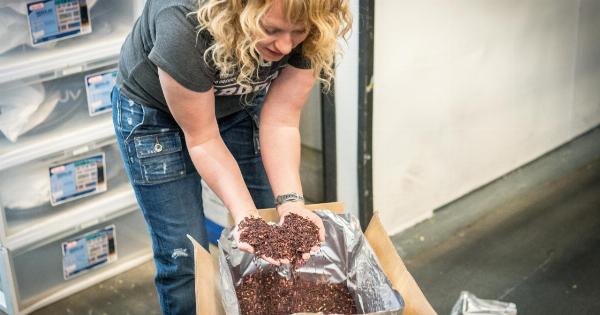Pork is one of the most widely consumed meats globally, with billions of people relying on it as a source of protein.
However, industrial pork production can have a devastating impact on the environment, contributing to deforestation, water pollution, and greenhouse gas emissions. But the good news is that there are ways to produce pork sustainably, and it can still be delicious and nutritious.
What is Sustainable Pork?
Sustainable pork refers to pork that is produced in a way that minimizes its negative impact on the environment, animal welfare, and human health. This can include a range of practices, such as:.
- Raising pigs on pastureland rather than in confined animal feeding operations (CAFOs)
- Feeding pigs a balanced diet that does not rely heavily on soy or other crops associated with deforestation
- Using manure as a natural fertilizer rather than allowing it to pollute waterways
- Providing pigs with adequate space, natural light, and opportunities to engage in natural behaviors
- Reducing the use of antibiotics
The Benefits of Sustainable Pork
Producing pork sustainably has a range of benefits for the environment, animals, and humans:.
: Environmental Benefits
- Reduced deforestation: Many industrial pig farms rely on soy and other crops that are linked to deforestation. By reducing the amount of feed required and using more sustainable sources, sustainable pork can help conserve forests and protect biodiversity.
- Reduced greenhouse gas emissions: Industrial pork production is a major contributor to greenhouse gas emissions, particularly methane and nitrous oxide. Sustainable pork production can reduce these emissions through better manure management and more sustainable feed sources.
- Reduced water pollution: CAFOs are notorious for polluting waterways and harming fish and other aquatic life. Sustainable pork production can dramatically reduce these impacts by using natural fertilizers and ensuring that waste does not enter waterways.
: Animal Welfare Benefits
- More humane treatment: Many CAFOs keep pigs in cramped, unsanitary conditions with little regard for their welfare. Sustainable pork production can ensure that pigs are treated with dignity, provided adequate space, and given opportunities to engage in natural behaviors.
- Reduced stress and disease: CAFOs are prone to disease outbreaks due to the close quarters and unsanitary conditions. By providing more natural living conditions and reducing crowding, sustainable pork production can avoid these problems and reduce the need for antibiotics.
: Human Health Benefits
- Reduced antibiotic use: Overuse of antibiotics in pig production can contribute to the rise of antibiotic-resistant bacteria, posing a serious threat to human health. Sustainable pork production reduces the need for antibiotics and supports the development of more effective treatments.
- Improved nutrition: Pigs raised on pasture or fed more natural diets may have a higher nutritional value than those raised in CAFOs. This can have important effects on human health, including reducing the risk of chronic diseases.
Sustainable Pork Recipes
Just because pork is produced sustainably doesn’t mean it has to be any less delicious! Here are a few sustainable pork recipes to try:.
Pork Chili
This classic chili recipe uses sustainably sourced pork and can be customized with your favorite toppings.
- 1 lb. sustainably sourced pork, cut into bite-sized pieces
- 1 onion, diced
- 1 red bell pepper, diced
- 2 cloves garlic, minced
- 1 tbsp. chili powder
- 1 tsp. cumin
- 1 can diced tomatoes
- 1 can black beans, drained and rinsed
- 1 cup water
- Salt and pepper, to taste
Instructions:.
- Heat a large pot over medium heat. Add the pork and cook until browned, about 5-7 minutes. Remove the pork from the pot and set aside.
- Add the onion and red bell pepper to the pot and cook until softened, about 5 minutes. Add the garlic and cook for 1 minute.
- Return the pork to the pot and add the chili powder, cumin, diced tomatoes, black beans, and water. Stir to combine.
- Bring the mixture to a boil, then reduce heat and simmer for 30 minutes, or until the pork is tender.
- Add salt and pepper to taste.
- Serve hot with your favorite chili toppings.
Pork Fried Rice
This quick and easy fried rice recipe is a great way to use up leftover pork and produce.
- 2 cups cooked rice
- 1 cup cooked, diced sustainably sourced pork
- 1 tbsp. oil
- 1 onion, chopped
- 1 clove garlic, minced
- 1 cup chopped vegetables (e.g. carrots, peas, bell peppers)
- 2 eggs, beaten
- 2 tbsp. soy sauce
- Salt and pepper, to taste
Instructions:.
- Heat the oil in a large skillet over medium-high heat. Add the onion and garlic and cook until softened, about 5 minutes.
- Add the vegetables to the skillet and cook until tender, about 10 minutes.
- Add the cooked rice and pork to the skillet and stir to combine.
- Push the rice mixture to one side of the skillet. Pour the beaten eggs into the empty side of the skillet and cook until scrambled, stirring occasionally.
- Stir the eggs into the rice mixture, then add the soy sauce and stir to combine.
- Add salt and pepper to taste.
- Serve hot.
The Future of Sustainable Pork
Sustainable pork is still a relatively small part of the global pork industry, but interest in sustainable agriculture and ethical meat production is growing.
By choosing sustainable pork products, consumers can send a powerful message to producers and help drive change in the industry. As more people become aware of the benefits of sustainable pork, we can hope to see more sustainable pork products in stores and on menus, making it easier for everyone to make delicious, environmentally responsible choices.































